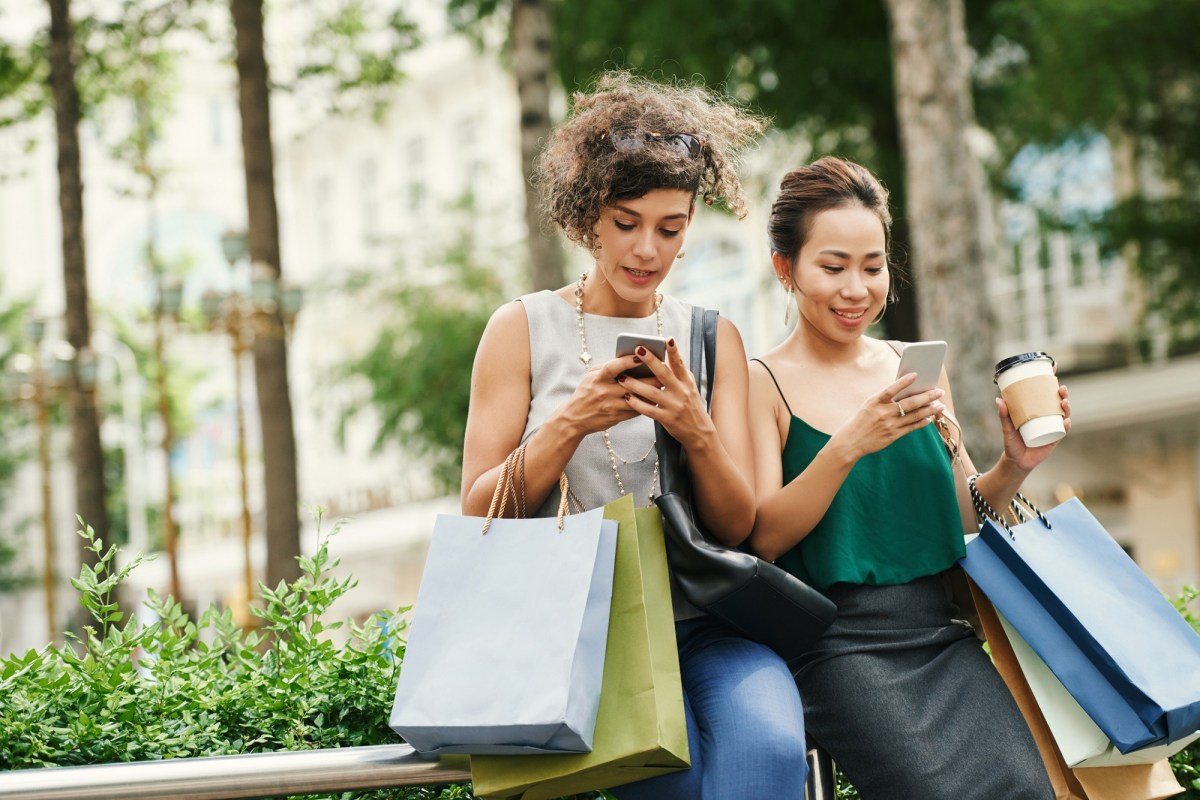As the impact of the pandemic, availability of technology to support the retail industry, and the adoption among retailers of the latest technology platforms continues to evolve in the coming months as years, the long-term impacts on the retail industry will continue to shift.
However, it will be integral for merchants to recognise that this does not make these changes and consumer behaviours worth ignoring – in fact, they should be using their current technology and data platforms to track these trends as closely as possible to ensure they are alongside, if not ahead, of their customers and meeting their needs as they evolve over time.
Cash is dead, long live contactless
The shift away from physical cash and towards digital payments has been ongoing for years, and this transition was drastically accelerated by the pandemic and consumer demand.
According to Shopify’s latest research, 62% of buyers globally say they are more comfortable with making in-store purchases with digital or contactless payments. This is a trend many retailers are keeping up with as there was a 122% growth in merchants offering contactless payments between the pandemic period (March-September 2020) from the same timeframe in 2019 (March-September 2019).
As payment technology and methods continue to evolve, including the growing popularity of buy now, pay later (BNPL) methods, retailers will need to ensure they remain ahead of the curve without growing complacent with simply having a contactless payment option.
Customers have greater control over delivery methods
Last year, having home delivery for every purchase across your lifestyle and family needs would have sounded like unnecessary luxury or risk-taking to many. This year, delivery has been normalised, and instead it is the form of delivery that is becoming more detailed with more options to suit consumers’ different needs.
For example, our research showed that scheduling appointments to visit a store was popular for 46% of Australian and 42% of New Zealander consumers. New Zealanders were also the most likely globally to have used click and collect (39%) since the pandemic started, and of those 41% were using click and collect for the first time.
While local delivery suited almost a third (31%) of Australian consumers, again New Zealanders were the most likely in comparison to global counterparts to have experienced this during the pandemic, with half selecting local delivery for online orders, though only 16% were experiencing this for the first time. The market response has been faster in Australia, with three times as many shops offering local delivery orders since the pandemic, in comparison to more than double in New Zealand. For comparison, the growth was minor in Japan and only 30% in the UK.
These stats show that 2020 has not only been the year of accelerated customer control, but customers have also created entirely new ways of product delivery for thousands of retailers by simply demanding and paying based on what suits their new circumstances.
Retailers are now in the business of sanitisation
Most businesses available to the public are now expected to adhere to new health and safety standards. Beyond mandatory check-in data management, 59% of shoppers globally said providing hand sanitizer at the entrance of a retail location contributed to a positive in-store shopping experience, while 53% said staff wearing masks contributed to a positive in-store shopping experience. On the flip-side, customers not social distancing caused frustration for 52% of shoppers and other customers not wearing masks led to negative in-store experiences for 40% of shoppers.
Just as retailers have spent decades building beautiful and aesthetically pleasing in-store experiences for customers of all demographics and needs, now is the time to re-imagine what a ‘pleasant’ in-store experience means for the post-pandemic customer.
As well as having the physical basics covered, including hand sanitiser stations, marks to show how to socially distance when lining up at the cashier, and masks for all staff, consider the new customer service skills required to handle uncertainty – as was proven necessary by Bunnings this year – and the resourcing needed to ensure everyone follows the new in-store guidelines so everyone is safe and at ease as they experience your brand.
The changes to the way consumers shop and how merchants deliver customer experiences will inevitably continue in 2021, but retailers need to be constantly alert and action-oriented in addressing consumer demands, particularly those that are defining new standards for the industry as a whole.
Just like retailers that took advantage of email marketing and social media in the early days were best equipped to deliver personalised customer experiences in the consequent years, retailers need to treat 2020 as a year of change that can be measured and analysed to drive better customer experiences, rather than a year of unknowns.
Shaun Broughton is director for Asia Pacific at Shopify Plus

